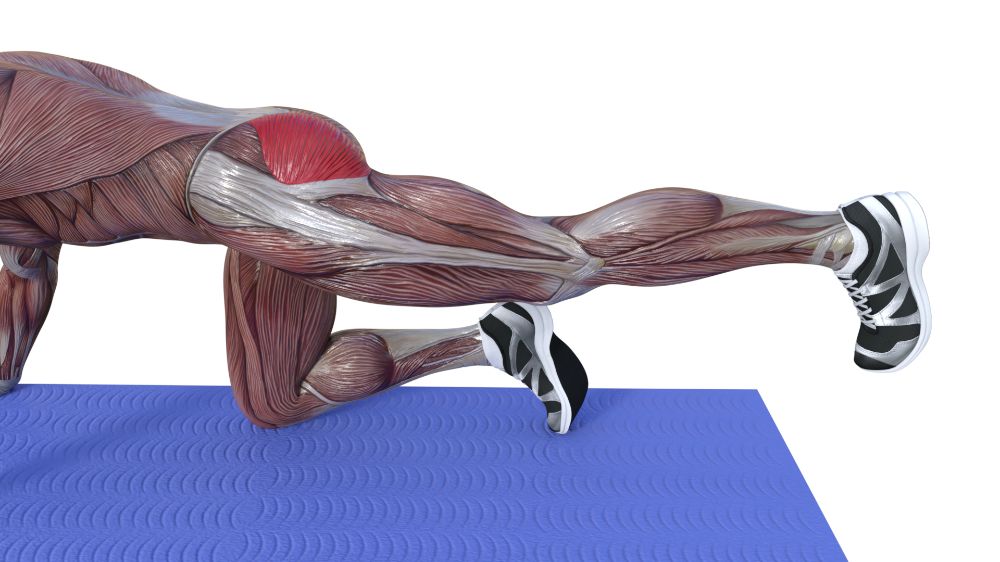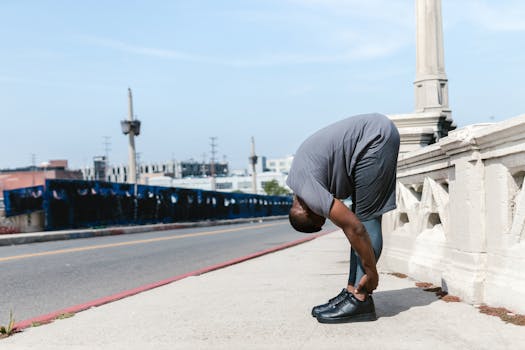Don't Do Yoga - Do Pilates!
Introduction
 As you may already know, yoga is not just a physical activity, but it has a deep religious essence that originates in ancient Indian philosophy. However, not all yoga variations have the same level of religious implications. Vinyasa, for instance, is particularly popular because it focuses on flowing movements. Whereas Hatha and Ashtanga involve deeper connections to the supernatural. And given its ancient origin, yoga often lacks modern safety guidelines like proper joint alignment. This can lead to serious injuries and even health issues.
As you may already know, yoga is not just a physical activity, but it has a deep religious essence that originates in ancient Indian philosophy. However, not all yoga variations have the same level of religious implications. Vinyasa, for instance, is particularly popular because it focuses on flowing movements. Whereas Hatha and Ashtanga involve deeper connections to the supernatural. And given its ancient origin, yoga often lacks modern safety guidelines like proper joint alignment. This can lead to serious injuries and even health issues.
Unnecessary spiritual practices and unsafe movements are enough to reconsider yoga as your fitness choice. Of course, yoga disadvantages don't stop there; we will discuss more of that later, but it’s essential to point out the need for safer alternatives that align with your beliefs and prioritize safety.
Pilates

Photo by RDNE Stock project on Pexels
Pilates is one alternative to consider. This method focuses on core strength, flexibility, and control without incorporating spiritual elements. Unlike yoga, Pilates provides a full-body workout with lower injury risks. Yoga, in contrast, places greater emphasis on spirituality and mindfulness, often sidelining physical fitness, strength training, and safety.
History of Yoga and Pilates
Yoga, which means “union” or “contact with god,” is an ancient Indian practice combining physical, mental, and spiritual disciplines. It dates back over 5,000 years and is deeply intertwined with Hindu scriptures and philosophies. Each yoga posture, or asana, has religious or philosophical significance, often representing devotion to specific deities or concepts. For instance, the Sun Salutation (Surya Namaskar) is a ritual involving a series of poses performed to honor the Hindu sun god.
Pilates, on the other hand, has no spiritual or religious origins. Developed in the 1920s by German physical trainer Joseph Pilates, this method was designed to improve physical health through controlled movements. It is a structured fitness system that emphasizes core strength, proper alignment, and body awareness, focusing entirely on physical well-being.
Why Pilates Over Yoga
Many people believe they can practice yoga without engaging in its spiritual aspects. However, yoga often involves unnecessary appreciation for mythical deities and ancient philosophies, which some may find inappropriate for a simple physical activity. Additionally, yoga poses that push the body beyond natural alignment can lead to serious injuries.
Even yoga’s breathing exercises, which might seem harmless, can lead to complications due to unnatural breathing patterns. In contrast, Pilates promotes natural, controlled breathing techniques. While it is possible to modify yoga to suit your needs, why take the risk when Pilates already offers a safe, effective, and well-established routine?
Yoga’s Alternative Poses in Pilates
Pilates can deliver all the physical benefits of yoga more effectively and safely. Nearly every yoga pose has a safer alternative in Pilates.
For example, the Child’s Pose in yoga can be replaced with the Shell Stretch in Pilates. Both are similar, but the Shell Stretch promotes proper hip alignment and reduces lower back strain. While the Child’s Pose involves wide-leg positioning and rotated hips, the Shell Stretch keeps the legs together, with pointed feet and properly aligned joints. Whether Joseph Pilates borrowed this pose or not, he clearly improved it by applying modern fitness principles.
Another reason to choose Pilates over yoga is quicker results. Because Pilates is a more intense exercise than yoga (except for some variations like power yoga), you will notice improvement much faster and with greater muscle toning, especially the core.
Pilates is also easier to follow, especially for beginners and those with limitations. Not much can go wrong when you don't have to bend like a pretzel, just to stretch your thighs.
Benefits of Pilates
Pilates offers numerous physical and mental health benefits:
• Enhances flexibility and strengthens muscles, particularly the core (abs, lower back, hips, and glutes).
• Balances muscle strength on both sides of the body.
• Improves posture and spinal alignment.
• Helps prevent or correct muscle imbalances and injuries.
• Boosts coordination, balance, and body awareness.
• Relaxes the shoulders and neck, promoting stress relief and relaxation.
Final Thoughts
Choosing the right fitness routine is crucial for your body and goals. Don’t follow trends blindly. Take time to identify your fitness level, goals, and personal preferences before committing to a program. Most importantly, always listen to your body and prioritize safety.
